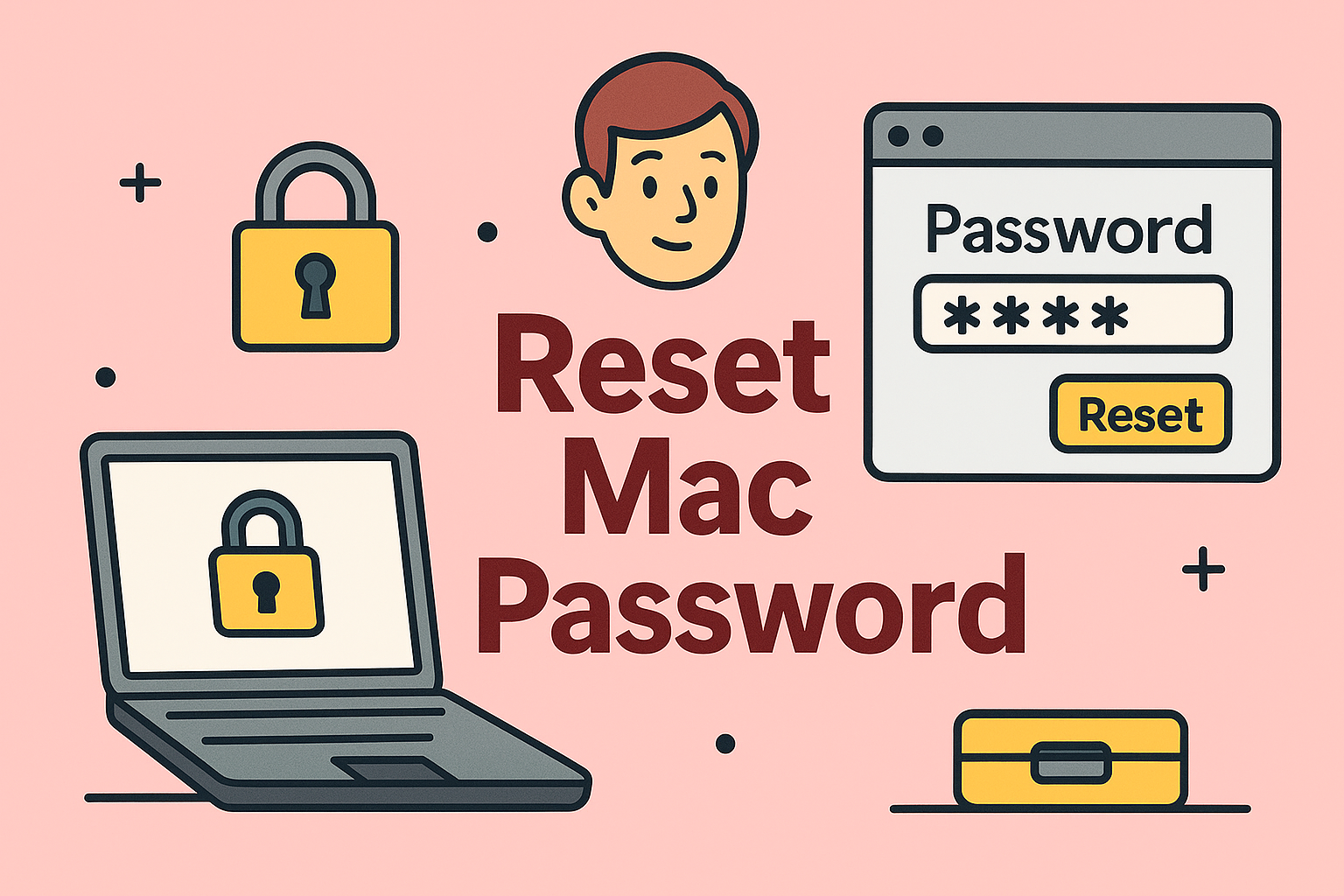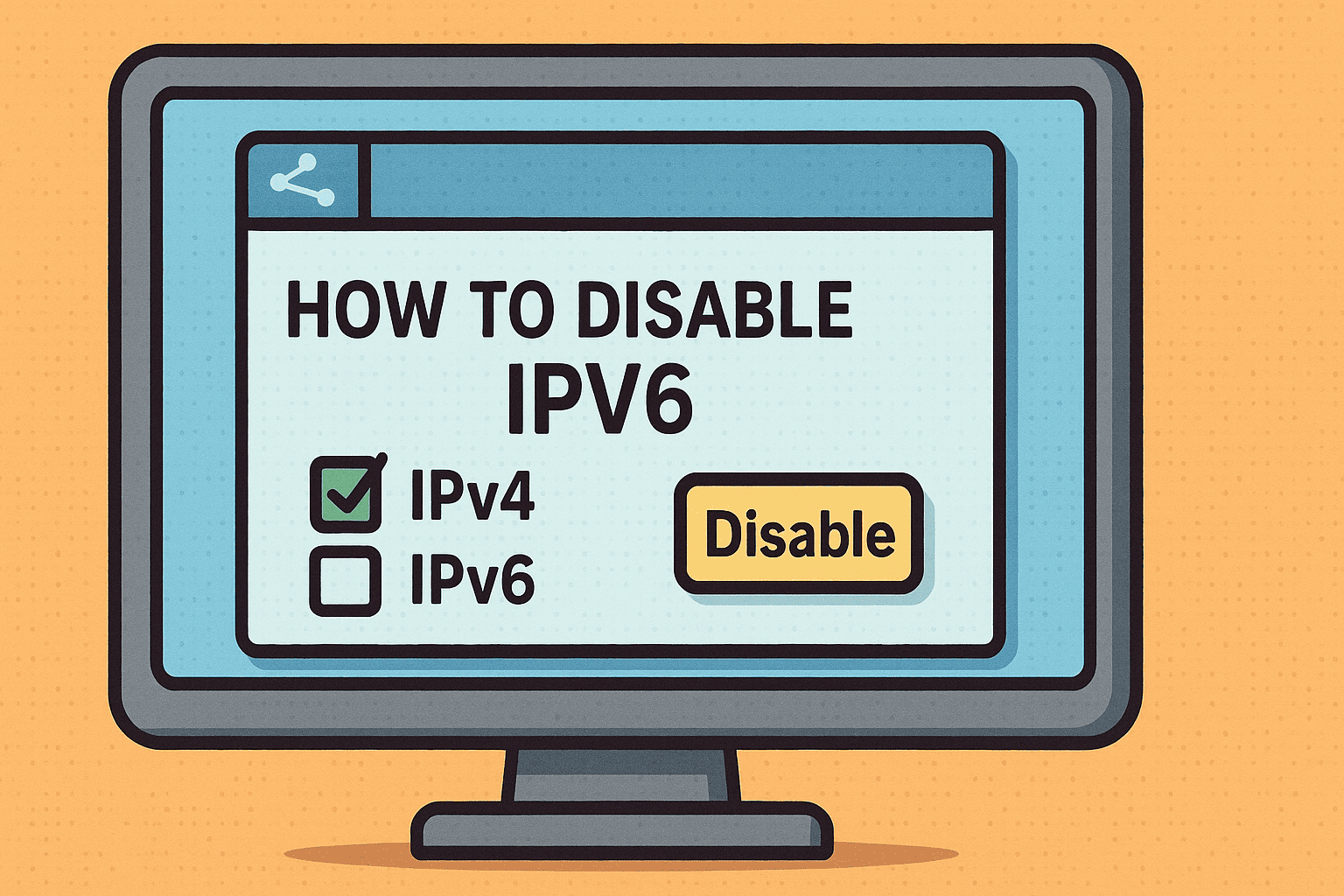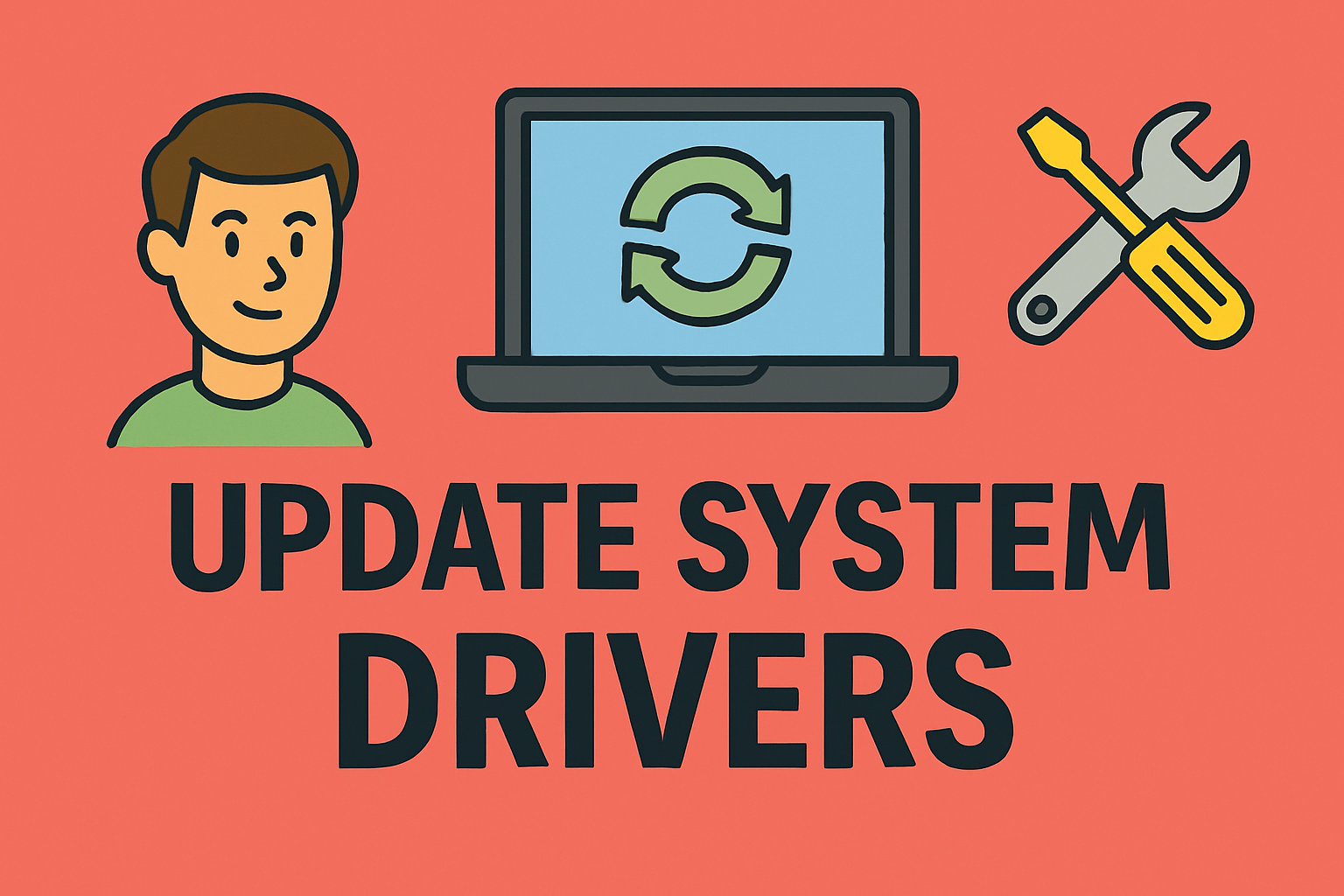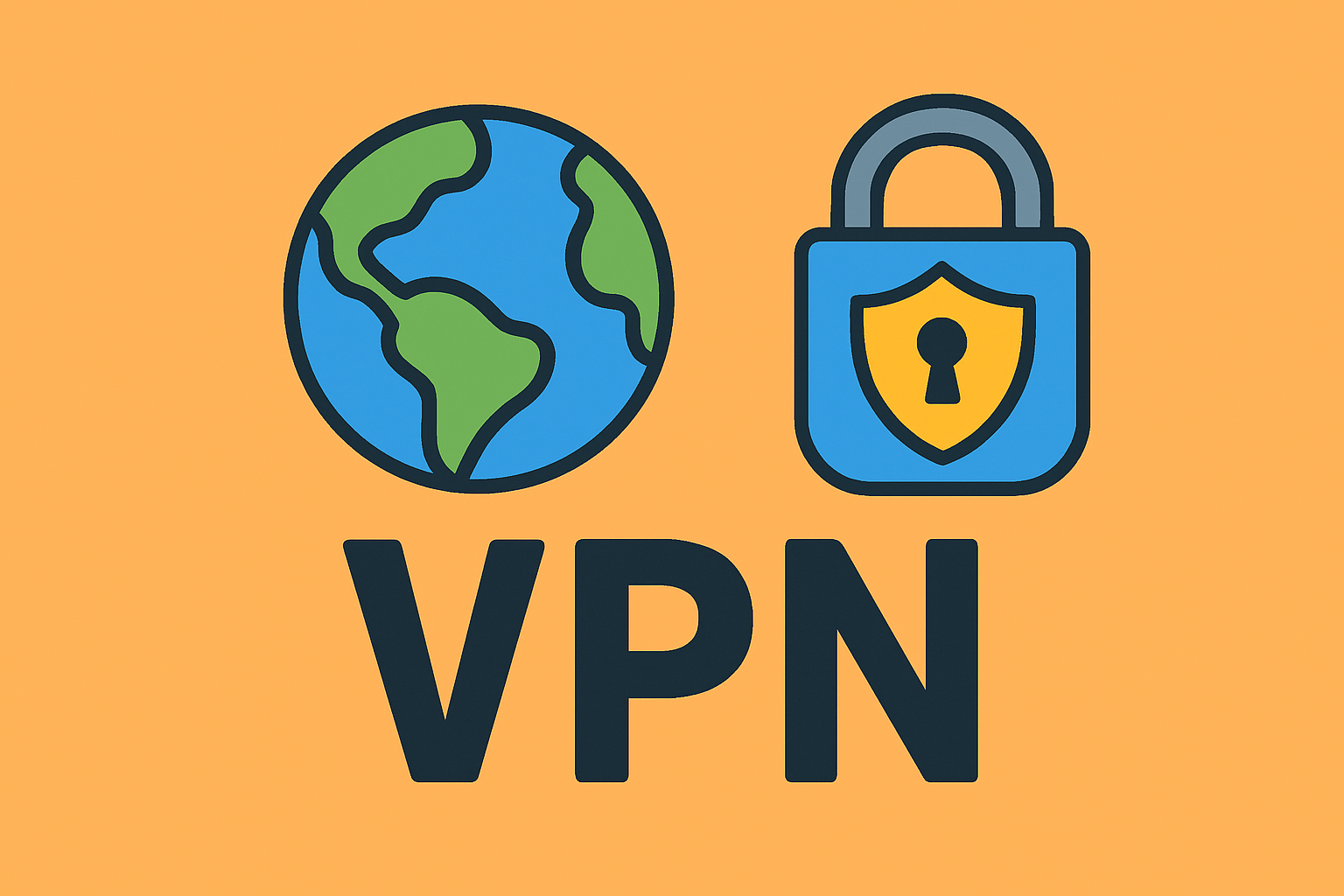When a Restart Is More Than Just a Button
Updated on July 14, 2025, by ITarian
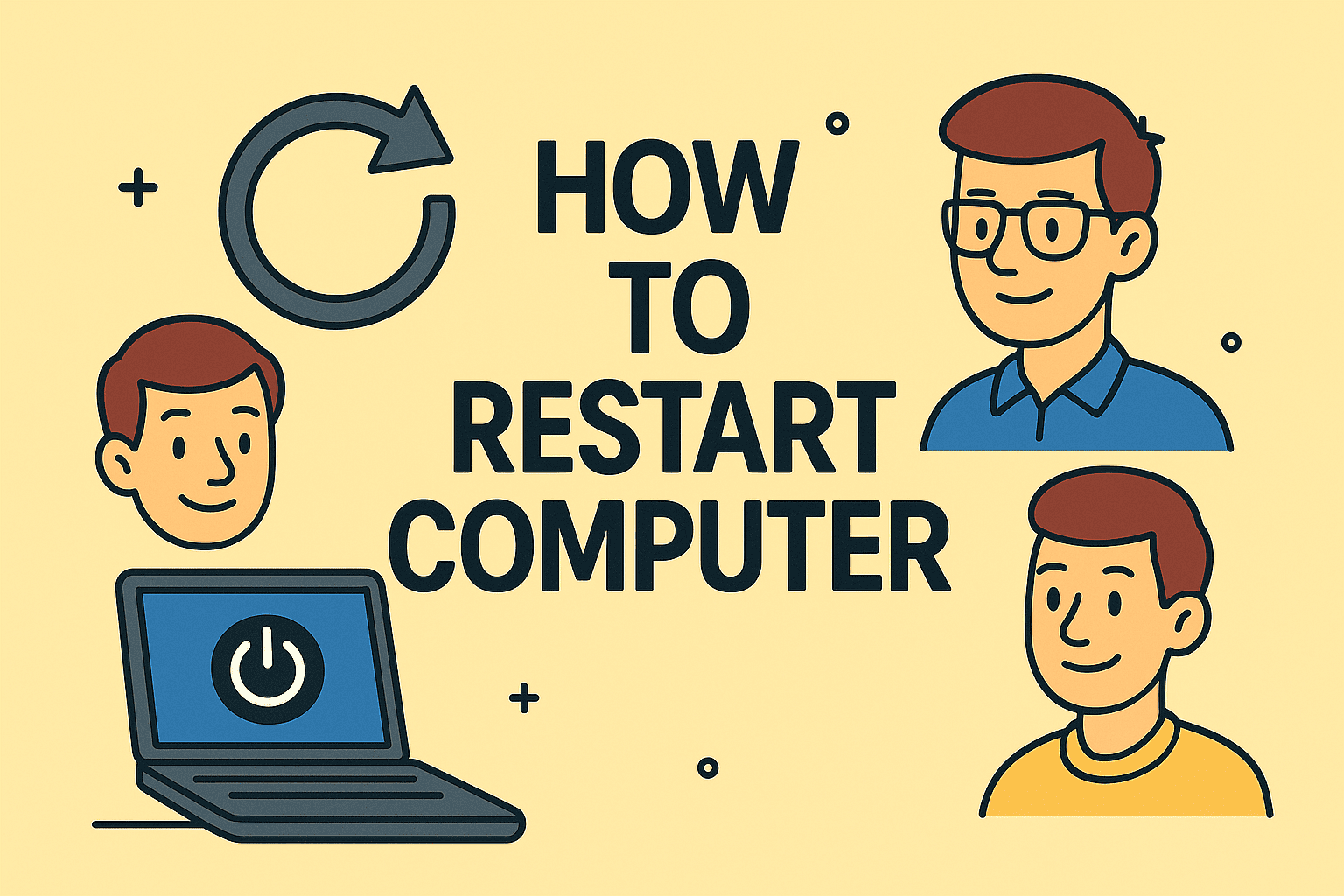
Is your computer acting sluggish? Is an update pending or software crashing?
Knowing how to restart computer properly is one of the simplest yet most powerful troubleshooting methods. It clears memory, resets processes, and helps security updates install correctly. For IT managers and cybersecurity professionals, restarts are critical for system patching, endpoint stability, and compliance.
In this guide, we’ll explore all the ways to restart a PC — using the mouse, keyboard, command line, and even remote methods — tailored to both everyday users and enterprise-level needs.
Why Restarting Your Computer Matters
A simple restart does more than just refresh your screen. It can:
- Clear temporary memory (RAM) and background processes
- Install pending Windows updates or driver patches
- Resolve software glitches or slow performance
- Help complete security changes after configuration
- Enable safe reboot during remote IT troubleshooting
Whether you’re running Windows 10, 11, or a corporate-managed endpoint, knowing how to reboot PC effectively can enhance both security and system efficiency.
How to Restart Windows 10/11: Standard Method
For most users, restarting a Windows PC is straightforward:
🖱️ Mouse Method (Graphical Interface)
- Click the Start Menu (Windows icon)
- Select the Power icon
- Choose Restart
✅ This method is consistent across Windows 10 and 11.
Restart Computer Shortcut: Quick Keyboard Method
Looking for speed or managing systems without a mouse?
⌨️ Keyboard Shortcut to Restart Computer
plaintext
CopyEdit
Press: Alt + F4 (while on Desktop)
- This opens the “Shut Down Windows” dialog.
- From the dropdown, select Restart and press Enter
Note: This works only if no windows are in focus. Minimize all or click on the desktop first.
How to Restart Computer Using Keyboard Only (No Mouse)
This method is ideal for accessibility, headless systems, or when a mouse is unresponsive.
📎 Full Keyboard Method:
- Press Ctrl + Esc (or Windows key) to open the Start menu
- Use Tab or arrow keys to navigate to the Power icon
- Press Enter, then use arrow keys to select Restart
🔧 Alternate via Ctrl+Alt+Delete:
- Press Ctrl + Alt + Delete
- Use Tab to highlight the power icon (bottom right)
- Press Enter, then select Restart
This is especially useful for locked systems or responding to remote assistance instructions.
How to Reboot PC Using Command Line (for IT Pros)
Ideal for remote sessions, scripting, or automation:
🖥️ Command Prompt or PowerShell:
bash
CopyEdit
shutdown /r /t 0
- /r = restart
- /t 0 = time delay (0 seconds)
You can also schedule a delayed restart like this:
bash
CopyEdit
shutdown /r /t 60
✅ Best for managing multiple machines via scripts, batch files, or remote shells.
Restarting a Remote PC (via RDP or Tools)
Managing systems remotely? Try these options:
Option 1: RDP (Remote Desktop Protocol)
- Connect to the machine
- Use the Start > Power > Restart path
Option 2: Remote Management Tools
Use tools like:
- Windows Admin Center
- PowerShell Remoting
- Itarian or RMM platforms
These tools offer centralized, secure control over system restarts, especially helpful for IT teams managing hundreds of endpoints.
Restart vs Reboot: What’s the Difference?
Technically, restart and reboot are the same — both cycle the power and reload the operating system. However, the term reboot is more common among IT professionals, while restart is what most users see in Windows menus.
Common Restart Scenarios for Cybersecurity and IT
- Post-patching reboots to apply OS or antivirus updates
- Software deployment restarts to finalize installation
- User logon issues that require session resets
- Endpoint troubleshooting when devices freeze or lag
- Security policy enforcement via forced restarts
Using scheduled or remote restart computer commands allows IT to maintain uptime and enforce compliance without manual intervention.
FAQs: Restarting Your Computer
1. Is it safe to restart my computer daily?
Yes, daily restarts are good for performance and ensure updates are applied properly.
2. How do I restart my computer if it’s frozen?
Use Ctrl + Alt + Delete, or press and hold the power button (hard reboot). Avoid this unless necessary.
3. Will restarting delete my files?
No, a restart doesn’t affect personal data — but always save your work first.
4. Can I restart my PC from Task Manager?
Yes. Press Ctrl + Shift + Esc, go to File > Run New Task, type shutdown /r /t 0, and press Enter.
5. What if my computer won’t restart?
Check for stuck updates, pending disk errors, or malware. Safe Mode or recovery tools may be needed.
Final Thoughts: Restart with Confidence
Restarting is one of the most basic — yet most powerful — IT commands. Whether you’re a solo user or managing an enterprise fleet, knowing how to restart computer using various methods gives you flexibility, security, and control.
From shortcut keys to command lines and remote tools, this guide empowers professionals to maintain system health, enforce updates, and resolve issues proactively.

